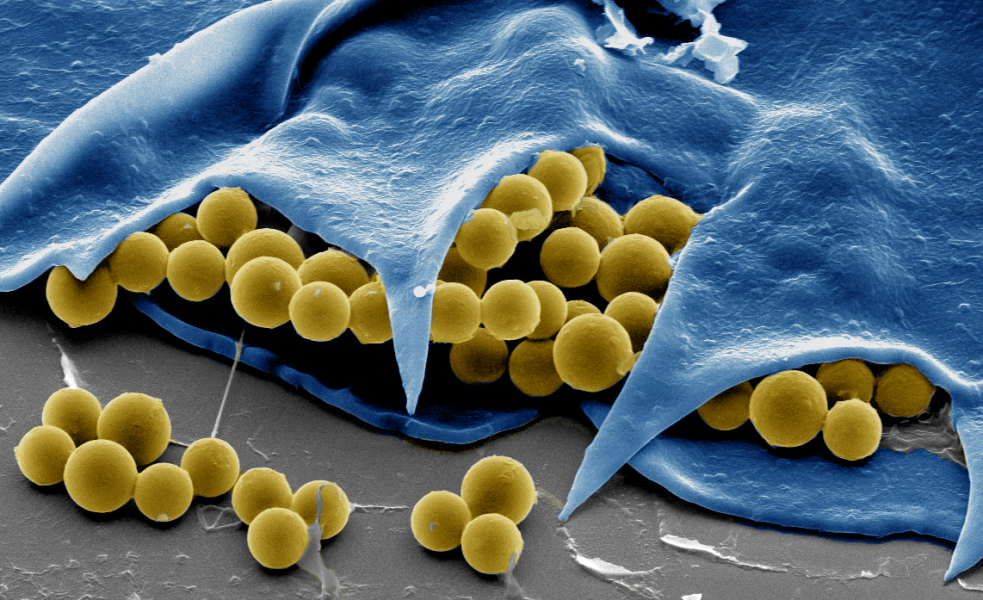Water is well-known to be one of the world’s most precious resources. Without it, life as we know it would not exist. A key research challenge currently is the removal of pollution or contaminants from water in a fast and environmentally friendly way.
Previous solutions have involved slow or inefficient decontamination methods. One alternative was to accelerate the decontamination process with small mobile robots. However, these externally-operated microrobots do not translate well to relevant environmental settings. They are limited by problems like chemical fuels, short time spans, and a small domain of operation.
Another approach is to incorporate a biological component, such as self-propelling microorganisms, to form biohybrid microrobots. These methods are limited as well, as most microorganisms often only survive in delicate living conditions, which prevents scale up and translation.
Prof. Joseph Wang and co-workers at the University of California have used the marine rotifer Brachionus as an engine, to create a biohybrid microrobot known as the ‘Rotibot’: a self-propelling microcleaner whose operation could be scaled-up to realistic aqueous environmental settings.
This microorganism “engine” has adapted over millions of years to efficiently harvest energy from its surrounding environment, such as puddles, rivers, lakes, or the ocean. Negatively charged cilia bands around the rotifer’s mouth allow for efficient movement and feeding by controlling the flow of fluids. The video below shows this process in action.
Wang and co-workers showed that positively charged microbeads introduced to the cilia surface accumulated under the rotifer’s lip. Different functionalization of these microbeads allowed for tunable decontamination processes. For example, functionalization with different enzymes proved extremely useful for biodegradation of Escherichia coli and the nerve agent methyl paraoxon. Alternatively, ligand modified beads were able to remove heavy metals like cadmium and lead from solution.
Notably, this decontamination was performed in the absence of external mixing or harmful fuels, with relatively high speeds and at a low cost, making the Rotibot a promising solution for large-scale environmental remediation in the future.

















